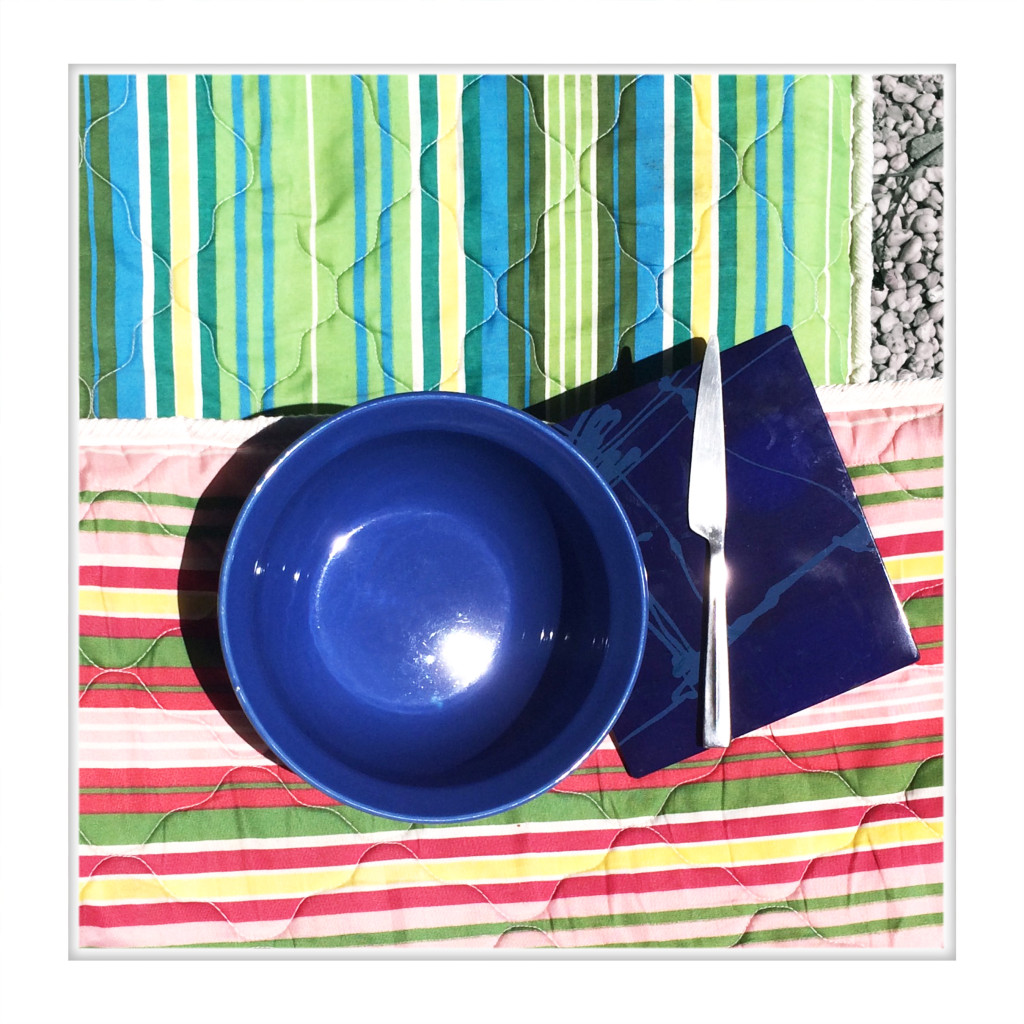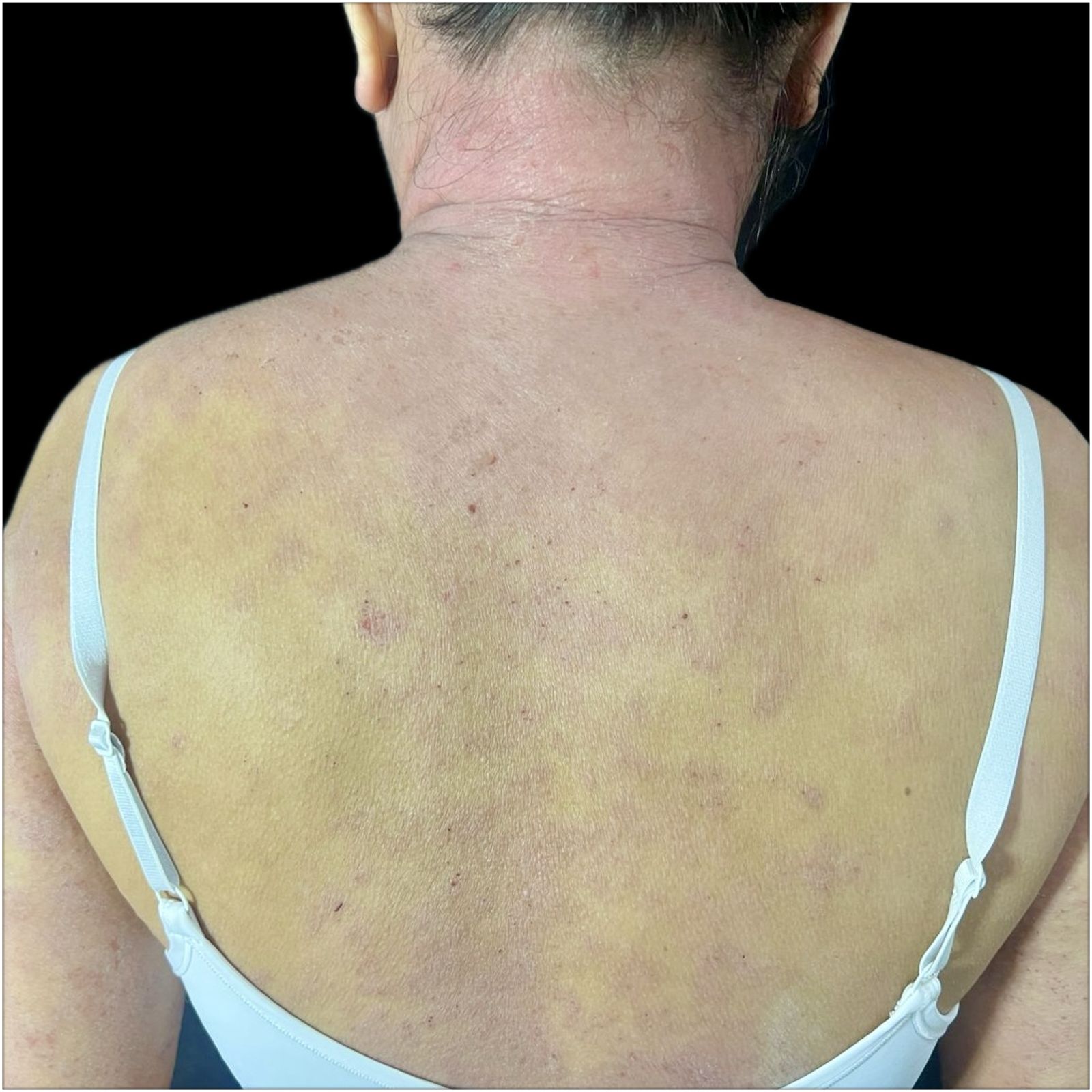Allergen.
Cobalt
A strong, common allergen, cobalt is a naturally-occurring metal, frequently found with nickel, and was Allergen of the Year in 2016. If your patch test showed an allergy to cobalt, avoid it in cosmetics as an ingredient (frequently used as a colorant for makeup), in pottery and cement, as well as in colored and treated fabrics (opt for raw, natural, pure cotton), tattoo inks, paints (including blue or green watercolor and crayons), as well as some leathers and hair dyes. You may also want to steer clear of metals that may contain nickel (such as buttons, zippers, snaps, metal cutlery and cooking or eating utensils, and some jewelry) as there have been reports of people who are allergic to one tending to be allergic to the other.
What To Do?
- Whenever possible, choose materials without cobalt. Be guided by your patch test results.
- Use fragrance-free, dye-free, paraben-free, preservative-free, allergen-free everything, from skincare to makeup, laundry detergent, household cleaning products, clothing, and more. The last thing we want is a compromised barrier layer that could make your skin more sensitive to allergen exposure. Be guided by your patch test results so you know exactly what you need to avoid.
- If you need to handle or come into contact with something containing cobalt, wear white or uncolored, pure cotton gloves. Apply mineral barrier-protective product like Stay-On-Point! or Armada Baby or Post-Procedure thickly on exposed skin. Try doing the work in shorter spurts to limit your exposure. Bathe immediately after and follow with your layered barrier-repairing and protective skincare products.
- If you’ve patch tested positive for coral, try using a cobalt spot test on the item you’re considering, especially on the surfaces where you’ll be coming into contact with it the most. There are a growing number of tests and barrier creams that block nickel and cobalt ions like Nickel Alert and Nik-L-Block (which also has solutions for cobalt). Just make sure to check the ingredients list — while most are fragrance-free, some may contain preservatives or other allergens (check the ingredients against your patch test results to be safe).
- Talk to both your dermatologist and allergist about other treatment and management options.
If you have a history of sensitive skin, don’t guess: random trial and error can cause more damage. Ask your dermatologist about a patch test.
For more:
On the prevalence of skin allergies, see Skin Allergies Are More Common Than Ever and One In Four Is Allergic to Common Skin Care And Cosmetic Ingredients.
To learn more about the VH-Rating System and hypoallergenicity, click here.
References:
Regularly published reports on the most common allergens by the North American Contact Dermatitis Group and European Surveillance System on Contact Allergies (based on over 28,000 patch test results, combined), plus other studies. Remember, we are all individuals — just because an ingredient is not on the most common allergen lists does not mean you cannot be sensitive to it, or that it will not become an allergen. These references, being based on so many patch test results, are a good basis but it is always best to get a patch test yourself.- DeKoven JG, Warshaw EM, Reeder MJ, Atwater AR, Silverberg JI, Belsito DV, Sasseville D, Zug KA, Taylor JS, Pratt MD, Maibach HI, Fowler JF Jr, Adler BL, Houle MC, Mowad CM, Botto N, Yu J, Dunnick CA. North American Contact Dermatitis Group Patch Test Results: 2019-2020. Dermatitis. 2023 Mar-Apr;34(2):90-104. doi: 10.1089/derm.2022.29017.jdk. Epub 2023 Jan 19. PMID: 36917520.
- Uter W, Wilkinson SM, Aerts O, Bauer A, Borrego L, Brans R, Buhl T, Dickel H, Dugonik A, Filon FL, Garcìa PM, Giménez-Arnau A, Patruno C, Pesonen M, Pónyai G, Rustemeyer T, Schubert S, Schuttelaar MA, Simon D, Stingeni L, Valiukevičienė S, Weisshaar E, Werfel T, Gonçalo M; ESSCA and EBS ESCD working groups, and the GEIDAC. Patch test results with the European baseline series, 2019/20-Joint European results of the ESSCA and the EBS working groups of the ESCD, and the GEIDAC. Contact Dermatitis. 2022 Oct;87(4):343-355. doi: 10.1111/cod.14170. Epub 2022 Jun 24. PMID: 35678309. https://pubmed.ncbi.nlm.nih.gov/35678309/
- DeKoven JG, Silverberg JI, Warshaw EM, Atwater AR, et al. North American Contact Dermatitis Group Patch Test Results: 2017-2018. Dermatitis. 2021 Mar-Apr 01;32(2):111-123.
- DeKoven JG, Warshaw EM, Zug KA, et al. North American Contact Dermatitis Group Patch Test Results: 2015-2016. Dermatitis. 2018 Nov/Dec;29(6):297-309.
- DeKoven JG, Warshaw EM, Belsito DV, et al. North American Contact Dermatitis Group Patch Test Results 2013-2014. Dermatitis. 2017 Jan/Feb;28(1):33-46.
- Warshaw, E.M., Maibach, H.I., Taylor, J.S., et al. North American contact dermatitis group patch test results: 2011-2012. Dermatitis. 2015; 26: 49-59.
- W Uter et al. The European Baseline Series in 10 European Countries, 2005/2006–Results of the European Surveillance System on Contact Allergies (ESSCA). Contact Dermatitis 61 (1), 31-38.7 2009.
- Warshaw, E.M., Maibach, H.I., Taylor, J.S., et al. North American contact dermatitis group patch test results: 2011-2012. Dermatitis. 2015; 26: 49-59.
- W Uter et al. The European Baseline Series in 10 European Countries, 2005/2006–Results of the European Surveillance System on Contact Allergies (ESSCA). Contact Dermatitis 61 (1), 31-38.7 2009.
- Wetter, DA et al. Results of patch testing to personal care product allergens in a standard series and a supplemental cosmetic series: An analysis of 945 patients from the Mayo Clinic Contact Dermatitis Group, 2000-2007. J Am Acad Dermatol. 2010 Nov;63(5):789-98.
- Verallo-Rowell VM. The validated hypoallergenic cosmetics rating system: its 30-year evolution and effect on the prevalence of cosmetic reactions. Dermatitis 2011 Apr; 22(2):80-97.
- Ruby Pawankar et al. World Health Organization. White Book on Allergy 2011-2012 Executive Summary.
- Misery L et al. Sensitive skin in the American population: prevalence, clinical data, and role of the dermatologist. Int J Dermatol. 2011 Aug;50(8):961-7.
- Warshaw EM1, Maibach HI, Taylor JS, Sasseville D, DeKoven JG, Zirwas MJ, Fransway AF, Mathias CG, Zug KA, DeLeo VA, Fowler JF Jr, Marks JG, Pratt MD, Storrs FJ, Belsito DV. North American contact dermatitis group patch test results: 2011-2012.Dermatitis. 2015 Jan-Feb;26(1):49-59.
- Warshaw, E et al. Allergic patch test reactions associated with cosmetics: Retrospective analysis of cross-sectional data from the North American Contact Dermatitis Group, 2001-2004. J AmAcadDermatol 2009;60:23-38.
- Marks JG, Belsito DV, DeLeo VA, et al. North American Contact Dermatitis Group patch-test results, 1998 to 2000. Am J Contact Dermat. 2003;14(2):59-62.
- Warshaw EM, Belsito DV, Taylor JS, et al. North American Contact Dermatitis Group patch test results: 2009 to 2010. Dermatitis. 2013;24(2):50-99.







